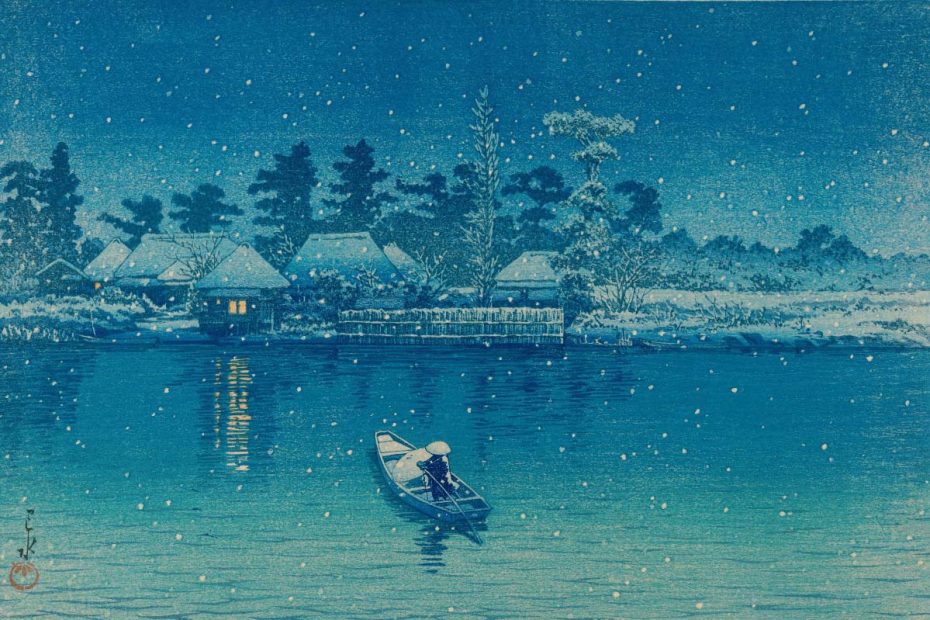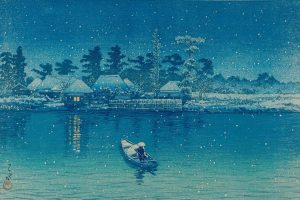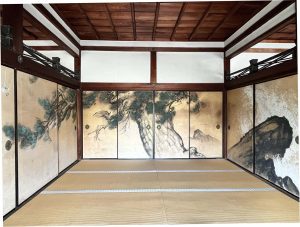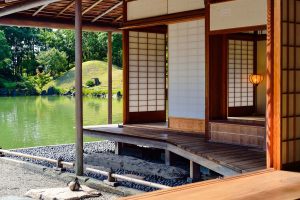Would you like to know the Japanese winter art depicting snow and landscape?
Paintings depicting “snow” are well known as arts of winter in Japan.
In this article, Yukari Ishii, a Japanese artist living in Japan, will introduce you to arts of depicting Japanese winter, such as snowy landscapes, people’s lives, and winter flowers.
Even in the cold season, Japanese people have always found “beauty” in winter nature.
Let’s take a closer look at arts that depict the Japanese winter lifestyle along with winter landscapes.
You may discover a side of Japan you never knew existed.
☑Contents of the Article
- What does winter mean to the Japanese people?
- Japanese winter art and painting – snow and winter landscape
- Ukiyo-e arts of Japanese winter and New Year, and paintings of winter flowers
What does winter mean to the Japanese people?
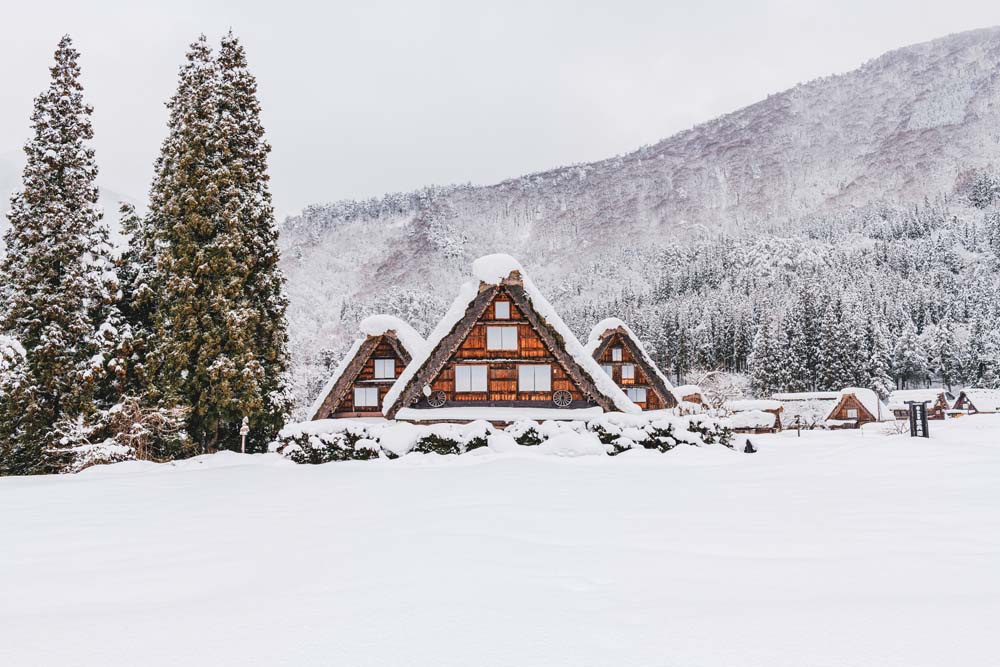
Let me begin by introducing charactristics of Japanese winter and what winter means to the Japanese people.
Let us explain the Japanese winter season, how people spend winter, and the snow that falls during winter in Japan.
When is the end of winter in Japan?
Winter is generally from December to February in Japan,.
This is a solar calendar date.
On the other hand, Japan has traditionally used a lunar calendar.
Japanese govornment changed the use of the lunar calendar to the current solar calendar in 1872.
According to the lunar calendar, winter is from October to December.
The lunar calendar is approximately one month behind the solar calendar currently in use.
Therefore, in the solar calendar, winter is from “Ritto” (the first day of winter in early November) to “Risshun” (the first day of spring in early February).
What does winter mean to the Japanese?
Winter is the coldest season of the year in Japan.
Traditionally, many people in Japan have practiced agriculture.
Therefore, the harvest of rice is completed in the fall.
The rice is the staple food of of Japan.
Winter may have been a season of respite, as there is less agricultural work to be done.
On the other hand, winter is also the season of “Oshogatsu,” an event to welcome the New Year.
Oshogatsu is the biggest milestone of the year for Japanese people.
In winter, we prepare for the New Year and clean the whole house as the year draws to a close.
Therefore, winter is also a busy time of year.
What to wear in japan winter
Because winters in Japan are cold, people generally dress in sweaters and coats.
In regions where snow accumulates, people take extra precautions against the cold, such as wearing snow boots and an inner layer of clothing.
On the other hand, I have the impression that people who live in colder regions are more resistant to the cold and do not need to dress so heavily.
Where does it snow in Japan? – snowy parts of Japan
Snow falls in the Tohoku region, Hokkaido, the Sea of Japan side of Honshu, and in places at high elevations.
Since snow is one of the symbols of winter for the Japanese, many artists have depicted snowy landscapes.
The sight of thatched houses standing side by side in a pure white snowy landscape, or pure white snow piling up in rice paddies after the rice has been harvested, is somehow comforting and heartwarming.
Why is the snow in japan so good?
A low-pressure system over the upper Sea of Japan brings a lot of snow to the Sea of Japan side.
In Hokkaido and other snowy parts of Japan, the smooth snow called “powder snow” attracts many foreigners who enjoy skiing in places such as Niseko.
Japanese winter art and painting – snow and winter landscape
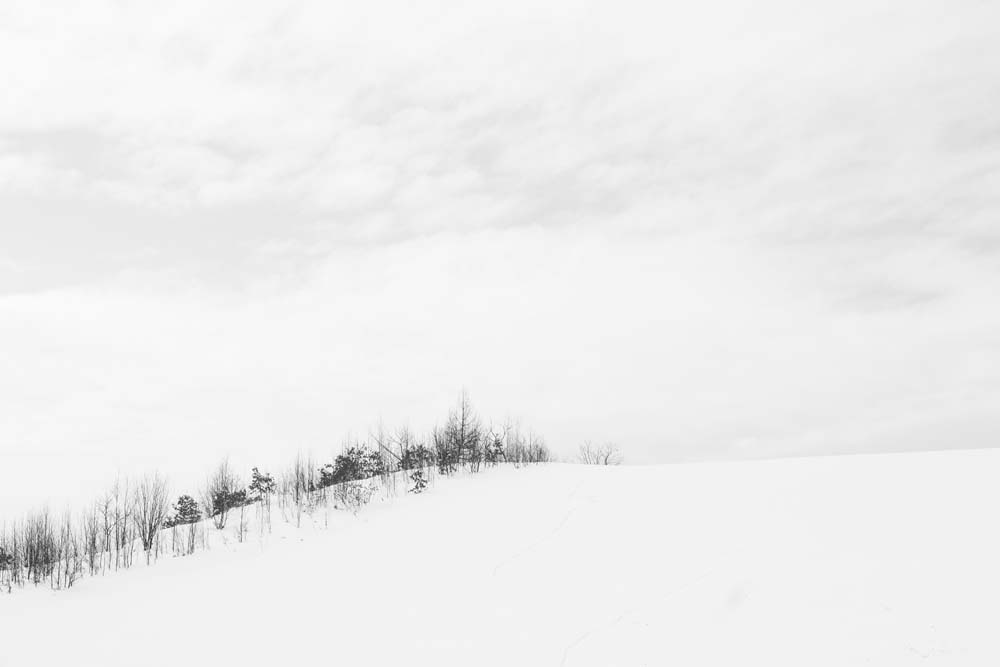
Let’s take a look at some specific paintings and art depicting Japanese winter, including snow and winter scenery.
In this commentary, I will also share with you my perspective on art depicting Japanese winter.
What do Japanese snow paintings mean?
For Japanese people, “snow” is one of the things that remind them that winter is coming.
Japanese people have also long loved the beauty of pure white snowy landscapes.
Winter landscape paintings depicting beautiful snow scenes were and still are popular.
Japanese winter Art and Paintings depicting snow and landscapes
Let us introduce some Japanese art and paintings depicting snowy landscapes.
Ikegami Honganji Temple
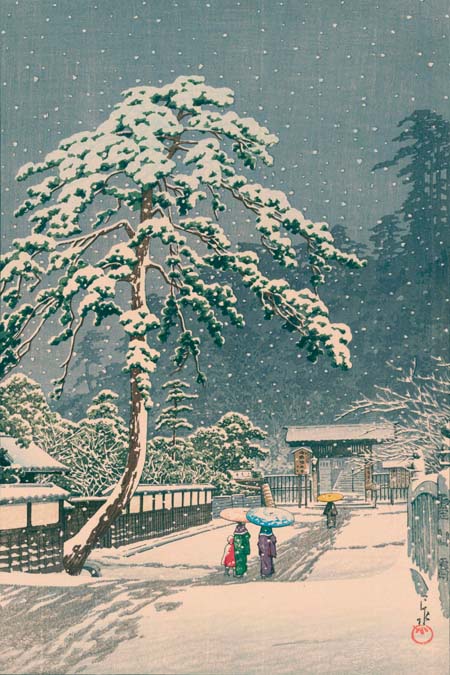
The artwork above, “Ikegami Honganji Temple” is a woodblock print work.
(Source: NDL Image Bank, National Diet Library (https://rnavi.ndl.go.jp/imagebank/))
This work depicts a snowy landscape of “Edo” (current Tokyo city).
The Japanese artist, Hakusui Kawase (1883-1957) made this artwork, Ikegami Honganji Temple in 1935.
The Ikegami honganji temple is a Buddhist (sect: Nichiren Buddhism) temple located in Ota Ward, Tokyo.
The contours of the cityscape and the dull-colored sky enhance the whiteness of the snow.
The artwork shows two kimono-clad women with children under umbrellas walking backward toward the temple gate.
In Japan around 1935, most people wore kimonos every day.
Snowy Landscape
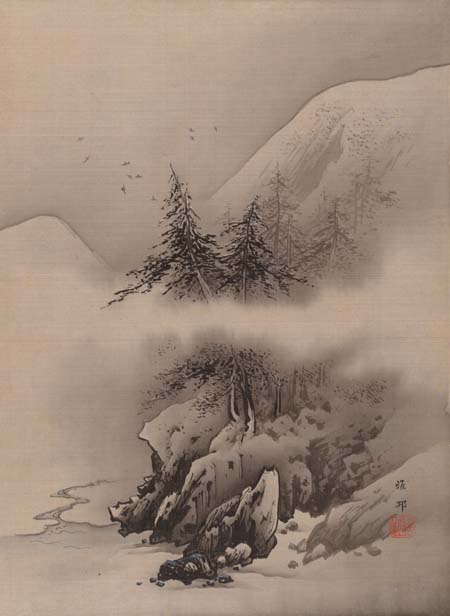
The painting above, “Sekkeizu (Snowy Landscape)” depicts a hazy landscape with snow falling on the mountains.
Collection, source and photographer of this painting is The Metropolitan Museum of Art.
The artist of this painting, “Snowy Landscape,” is Gaho Hashimoto (1835-1908).
He was active as a painter of the Kano school in the Edo period (1603-1868).
He also was active as a Japanese-style painter in the Meiji period (1868-1912).
This painting has a subdued impression.
Yet one feels as if one is being absorbed into a snowy landscape.
This landscape can be described as ethereal.
A characteristic of Japanese-style painting is to give depth to the landscape in the world of the work by depicting parts of the painting in an ambiguous manner.
This characteristic is in contrast to Western paintings.
Western paintings often depict landscapes clearly.
Imagining the parts of the painting that are not depicted can deepen viewer’s appreciation of a work.
There is a spirit that it is important to observe and perceive with the mind’s eye things that are not depicted in form in Japan.
In Japan, there is a saying, “read between the lines,”.
This means to pay attention to what people don’t express in form.
When looking at Japanese paintings, it is important to imagine what artists don’t depicted in the “blank spaces” of the paintings.
An attitude that values imagination and the power to perceive will lead to a deeper appreciation of the work.
What is the meaning of clouds in Japanese art?
Many works of Japanese art depict clouds.
Clouds are depicted as a part of the scenery.
Many works also depict scenery hidden by clouds, as shown above.
I feel that imagine the scenery not seen by the clouds deepens your view of the world of art .
Clear Morning After Snow at Nihonbashi Bridge
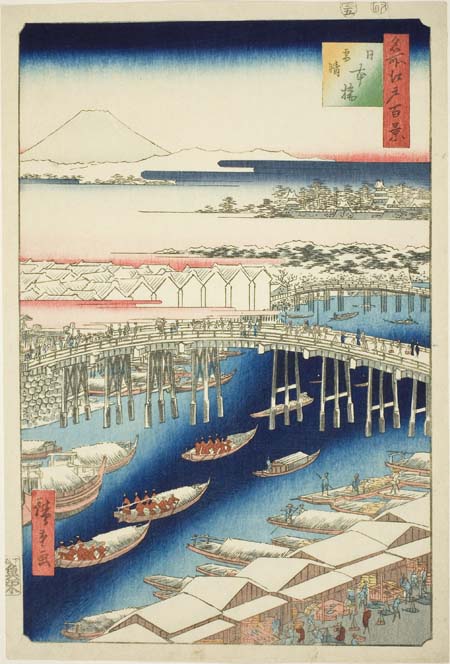
The artwork above is “Meisho Edo Hyakkei: Nihonbashi Yukibare” (One hundred Famous Views of Edo: Clear Morning After Snow at Nihonbashi Bridge).
Collection, source and photographer of this work is The Art Institute of Chicago.
The artist Hiroshige Utagawa (1797-1858) created this Ukiyo-e in the Edo period (1603-1868).
Meisho Edo Hyakkei (One Hundred Famous Views of Edo) is a series of 120 ukiyoe prints depicting beautiful scenes of famous places in Edo.
Hiroshige Utagawa produced these 120 Ukiyo-e works with his students from 1856 to 1858.
During the Edo period and even today, “Nihonbashi” in Edo (present-day Tokyo) is a bustling downtown area that attracts many people.
Looking at this art, you can see that at that time Nihonbashi in Edo.
This place was also a bustling place with many people coming and going.
The Nihonbashi bridge in the center of this artwork is a bridge that still exists today.
The town of Nihonbashi has been a downtown since the Edo period (1603-1867) and is one of the oldest cultural places in Tokyo.
Edo had many rivers within the city.
Then people used boats to transport many goods to various places.
When you visit Tokyo, please take a tour of Nihonbashi and see this picture of “Nihonbashi” in person.
How are Edo and Tokyo different now and in the past?
This ukiyoe shows that Nihonbashi was made of wood in those days.
Japan has been rich in forests.
So many bridges, ships and houses were made of wood in the past.
Today’s Nihonbashi bridge, on the other hand, is made of concrete and other materials.
Nevertheless, although times have changed, Edo (Tokyo) is still the place many people come and buildings are still densely built.
On the upper side of this painting, you can see Mt. Fuji.
Mt. Fuji is a beautiful and famous mountain in Japan.
People could see it from the city of Edo because buildings were low in those days.
Today, Tokyo has many tall buildings.
Therefore, seeing Mt. Fuji will need to climb up to a high place such as a skyscraper.
Ushibori
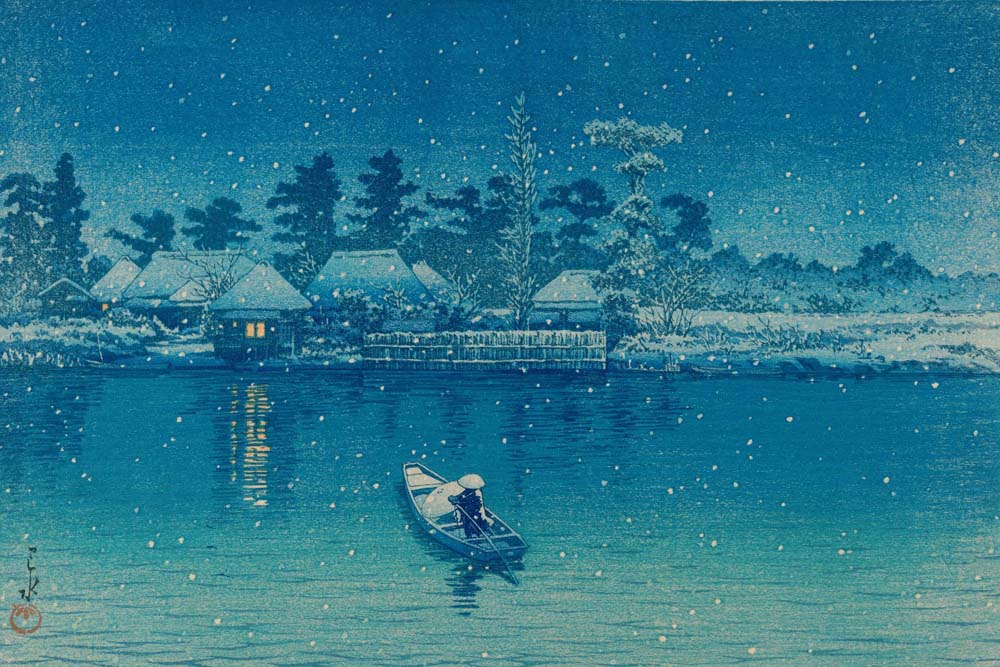
This is a woodplock print, “Ushibori (Ushibori in the Hitachi province).
(Source: NDL Image Bank, National Diet Library (https://rnavi.ndl.go.jp/imagebank/))
The artist Hasui Kawase (1883-1957) created this art around 1930.
It depicts a man rowing a boat in the snow.
The blue color that envelops the entire scene is very impressive.
You can feel the tranquility of a snowy day and the chill in the air through the artwork.
This work depicts the casual life of Japanese people and the scenery.
It gives us a sense of quiet beauty.
Ukiyo-e arts of Japanese winter and New Year, and paintings of winter flowers
Let’s take a look at some Ukiyo-e works depicting people’s lives in winter and paintings of flowers that represent winter in Japan.
“Ukiyo-e” (Japanese woodblock prints) is an art form that uses prints or paintings.
It depict landscapes, scenes from daily life, and notable figures such as “kabuki” actors.
Japanese Art and Paintings depicting Winter, new year and flower
Rice cake pounding in December
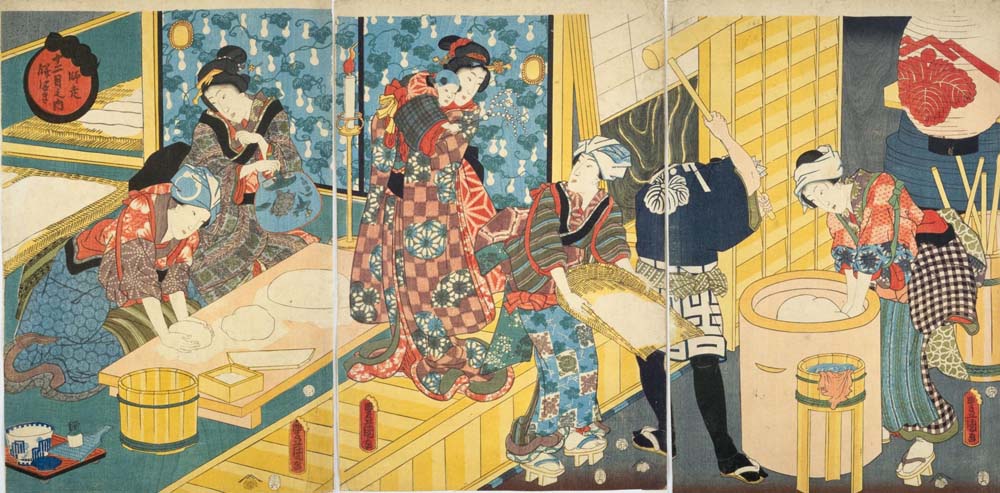
This Ukiyo-e work above is “Junigatsu no uchi: shiwasu mochi tsuki, (From the ukiyo-e print album “Toyokuni 12 months”: Rice cake pounding in December) .
(Source: NDL Image Bank, National Diet Library (https://rnavi.ndl.go.jp/imagebank/))
Kunisada Utagawa create this artwork in 1854.
This artwork depicts rice cake pounding in December of the lunar calendar.
Shiwasu means December in Japan.
Celebration of the New Year, or “Oshogatsu,” is one of the most significant events of the year for Japanese people.
Traditionally, the Japanese New Year falls on January 1 of the lunar calendar (around early February in the current solar calendar).
We have made preparations for the New Year in December of the lunar calendar (Shiwasu) in Japan.
It is customary to decorate Kagami-mochi (round rice-cake) and eat ozoni (a traditional Japanese rice cake soup) during New Year’s.
Pounding rice cakes used for Kagami-mochi and ozoni is also an important event.
We make “Mochi (rice-cake)” by steaming a type of rice called “Mochi-gome (glutinous rice),” placing it in a mortar and pounding it with a pestle, then rounding or cutting it into bite-size pieces.
I have also done pounding rice cakes before, but pounding the rice in a mortar with a pestle is a very strenuous task.
Women spending time in a “kotatsu”

“Ehon-shiki-no-hana ge (Picture Book of Four Seasons Flowers, Vol. 2)” has the ukiyo-e artwork above.
(Source: NDL Image Bank, National Diet Library (https://rnavi.ndl.go.jp/imagebank/))
This ukiyo-e depicts women spending time in a “kotatsu” during the cold winter months.
The ukiyo-e artist, Utamaro Kitagawa created this work in 1801.
Winters in Japan are cold, sometimes snowing, and in some areas snow piles up.
Therefore, heating is necessary to stay inside the house in winter.
During the Edo period (1603-1867), people used kotatsu as winter heaters in Japan, along with “hibachi (brazier)” in the cities.
The kotatsu consisted of a wooden tower topped with a thick top cover, and a brazier or similar appliance to heat the inside.
Once you enter the kotatsu, it is so warm that you may not be able to get out.
If you would like to know more about winter lifestyle in Japan and Japanese houses, please take a look at the following article.
>> Why Do Japanese Houses Have Paper Walls? 5 Japanese Answers
Camellia, a flower that blooms in winter in Japan
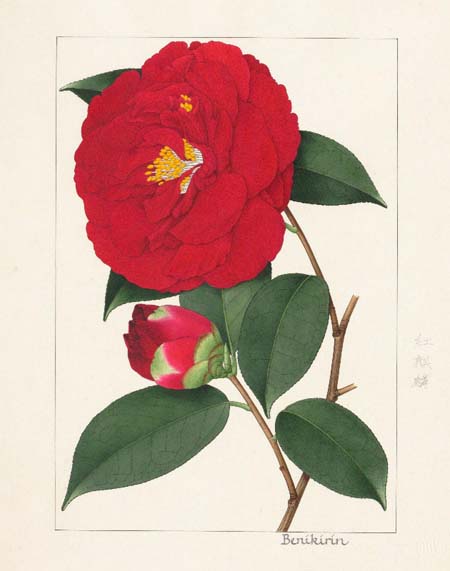
This painting depicts “Tsubaki (camellia)”, a flower that blooms in winter in Japan.
(Source: Benikirin, Figure of Japanese Camellia japonica, NDL Image Bank, National Diet Library (https://rnavi.ndl.go.jp/imagebank/))
The camellia is probably the most well-known winter flower in Japan.
The camellia’s bright red and white colors stand out beautifully against the winter landscape.
This is because Japanese winter landscape has clear blue skies and brown trees with fallen leaves.
The camellia is a flower originally from Japan.
A gardening boom of camellia led to the creation of many different varieties during the Edo period (1603-1867).
How to spend winter in Japan
Ukiyo-e and old Japanese winter art are full of ingenious ways to get through the cold season, as well as the beauty of snowy landscapes.
Old people have been handed down some of these customs and practices to modern Japan.
Japanese people have always found beauty in the cold winter scenery.
We have always believed that it is good to live in harmony with nature.
There may be much to learn from this ancient Japanese way of life.
To learn more about Japanese room decorations and the Japanese sense of beauty, please take a look at the following articles.
>> Traditional Japanese Room Decor – Spirit to Enjoy Aesthetic
New Arrivals
-
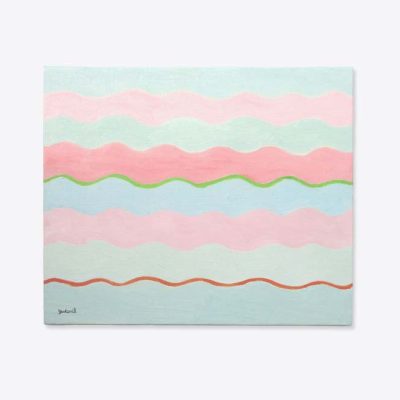 Gentle Flow$1,705.00
Gentle Flow$1,705.00 -
 Go Into The Light$1,364.00
Go Into The Light$1,364.00 -
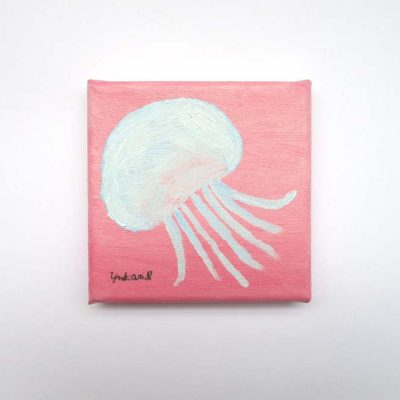 Jellyfish Dream$616.00
Jellyfish Dream$616.00
